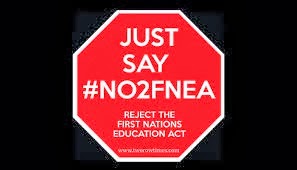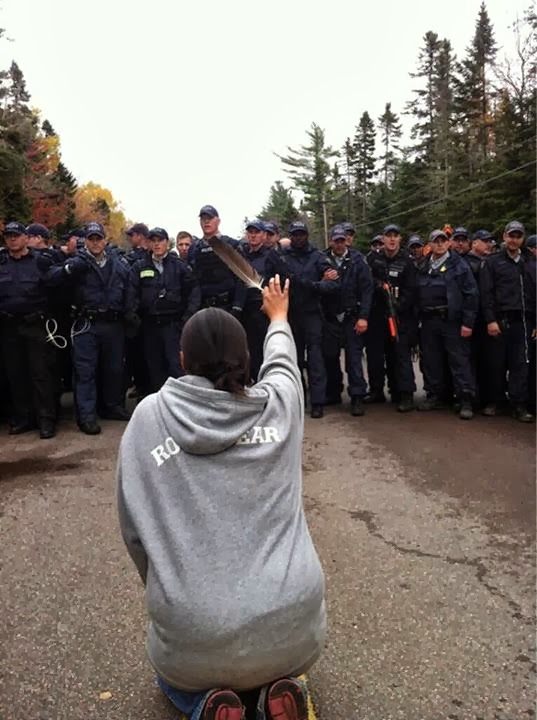Prime Minister Harper’s Conservative government has introduced Bill C-51 The Anti-Terrorism Act, 2015 which it claims is needed to protect Canadians from terrorism. Experts and commentators have called the bill, which will create a secret police force for Harper: terrifying, illegal, unconstitutional, dictatorial and totalitarianism. In case you don’t know what totalitarianism means, it’s…
Bill C-51 The Anti-First Nation, Environmentalist, Scientist and Bird-Watcher Act


